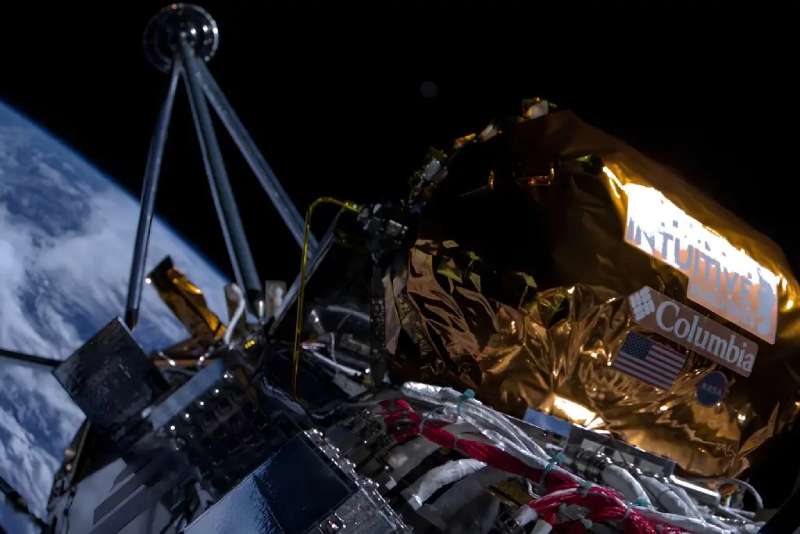
After its successful landing on the moon, the Odysseus spacecraft will go down in history! It took the quick thinking of ground engineers and a critical intervention from a NASA payload for NASA's private lander to accomplish the historic lunar landing on Thursday, which was the first such feat by an American craft in more than 50 years. The commercial company Intuitive Machines (IM), which created the Nova-C lander, has also been positioned as the first private venture to successfully land on the moon as a result of this success.
The company that created the Odysseus lunar lander, Intuitive Machines, revealed that some crucial parts of the vehicle's navigation system were broken prior to its descent. Fortunately, Odysseus carried an experimental instrument from NASA that could easily replace the malfunctioning equipment, guaranteeing the mission's success.
This event highlights an important turning point in space exploration as it marks the United States' return to soft lunar landings since the Apollo era in 1972. This accomplishment is noteworthy because it comes after India's successful Chandrayaan-3 mission, which in August 2023 marked the nation's first-ever soft landing on the moon.
During the live webcast, CEO of Intuitive Machines Steve Altemus expressed relief and pride in the success. Although the lander's precise status is still unknown, the company has verified that it successfully made contact with the moon.
NASA states that the landing site selected for Odysseus is close to Malapert A, an impact crater near the moon's south pole, and provides a safe and relatively level area within the heavily cratered southern highlands that are visible from Earth. The lander persevered despite experiencing communication issues just before landing, sending flight controllers at Intuitive Machines a weak but comforting signal.
The United States continues to hold the distinction of being the only country to have successfully completed a lunar landing with humans, having started the practice with the Apollo 17 mission in 1972. NASA intends to acquire essential data about the lunar environment and communications infrastructure, laying the foundation for future lunar exploration efforts, which is why it chose this landing site for Intuitive Machines' maiden mission.